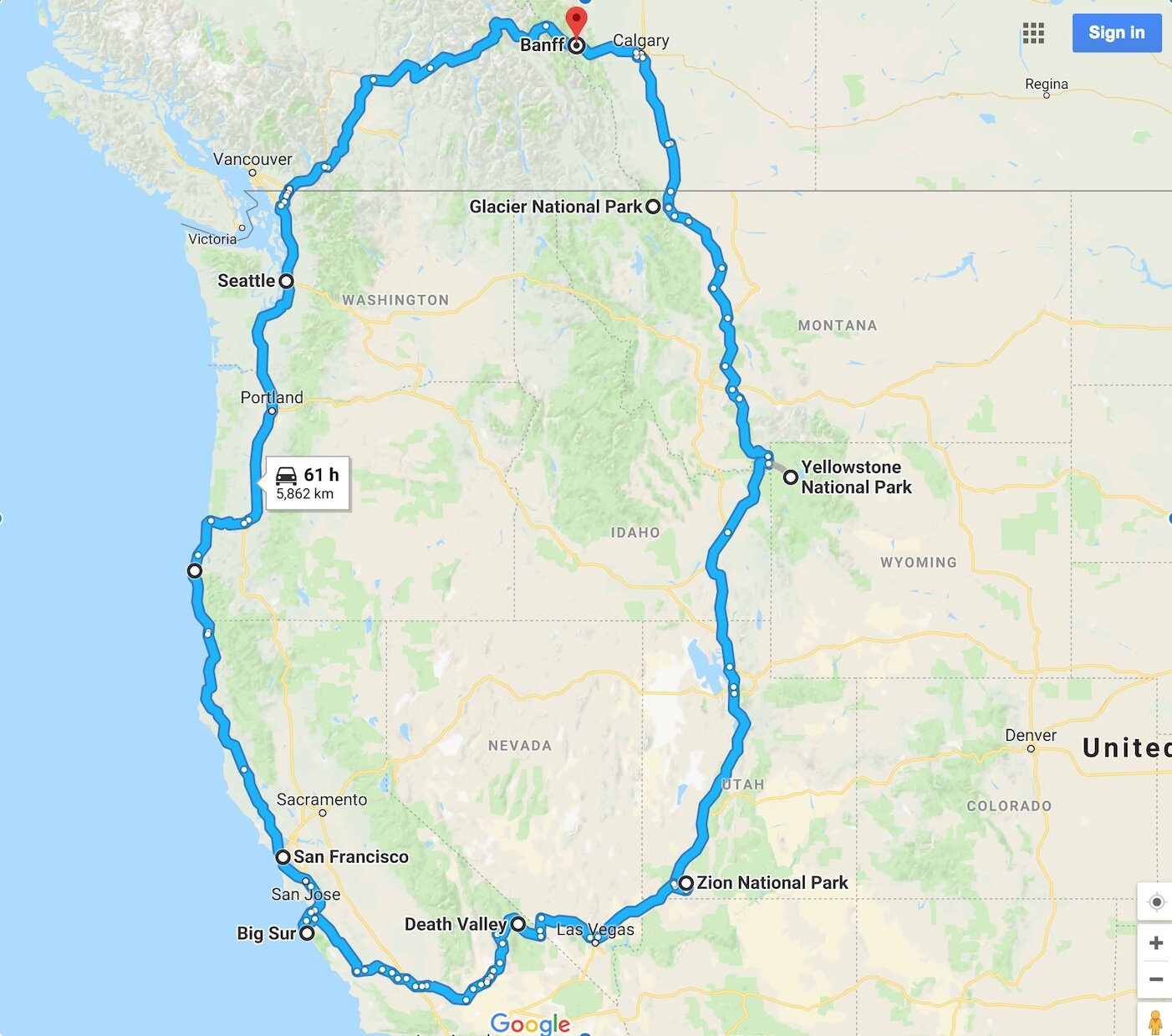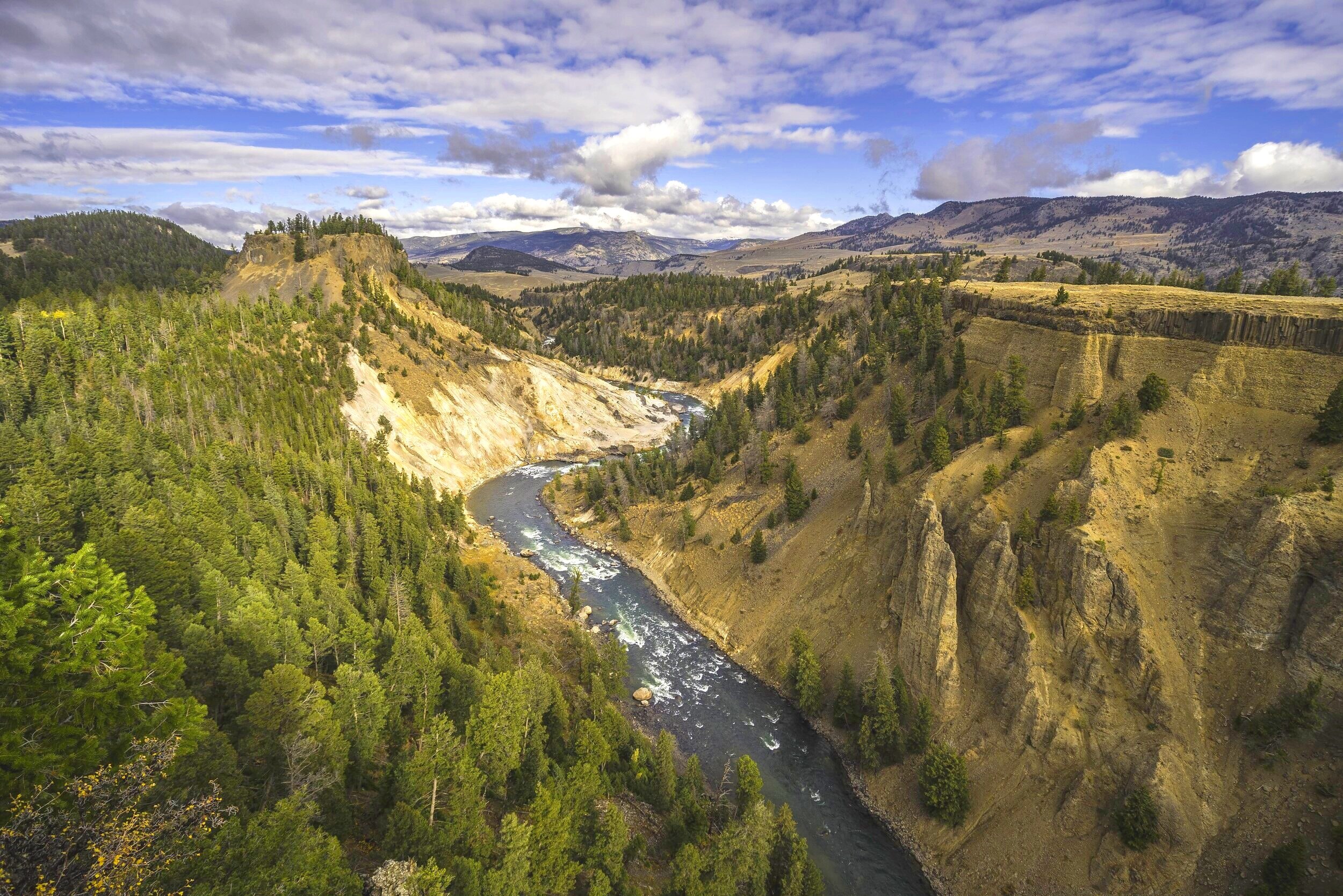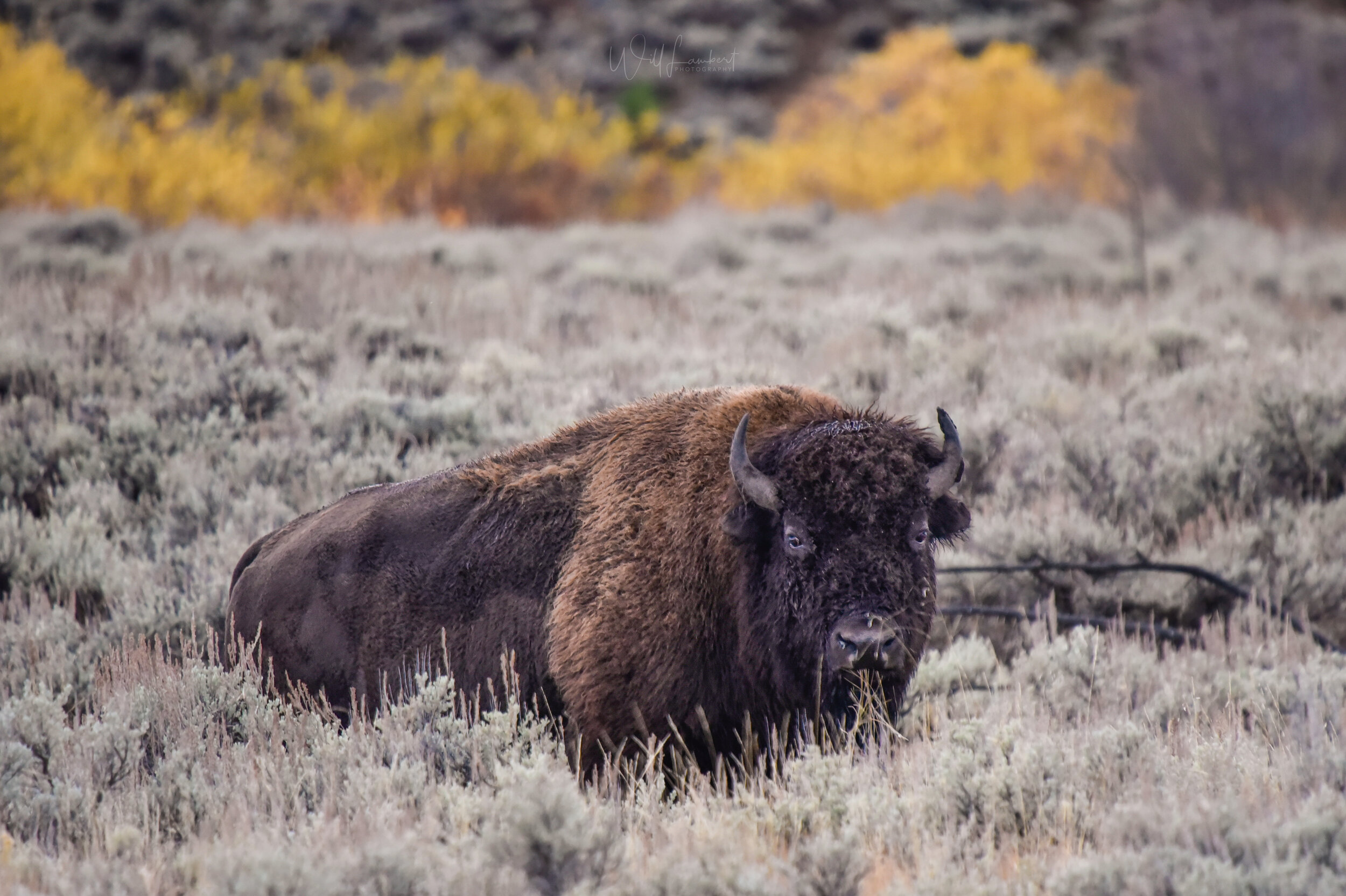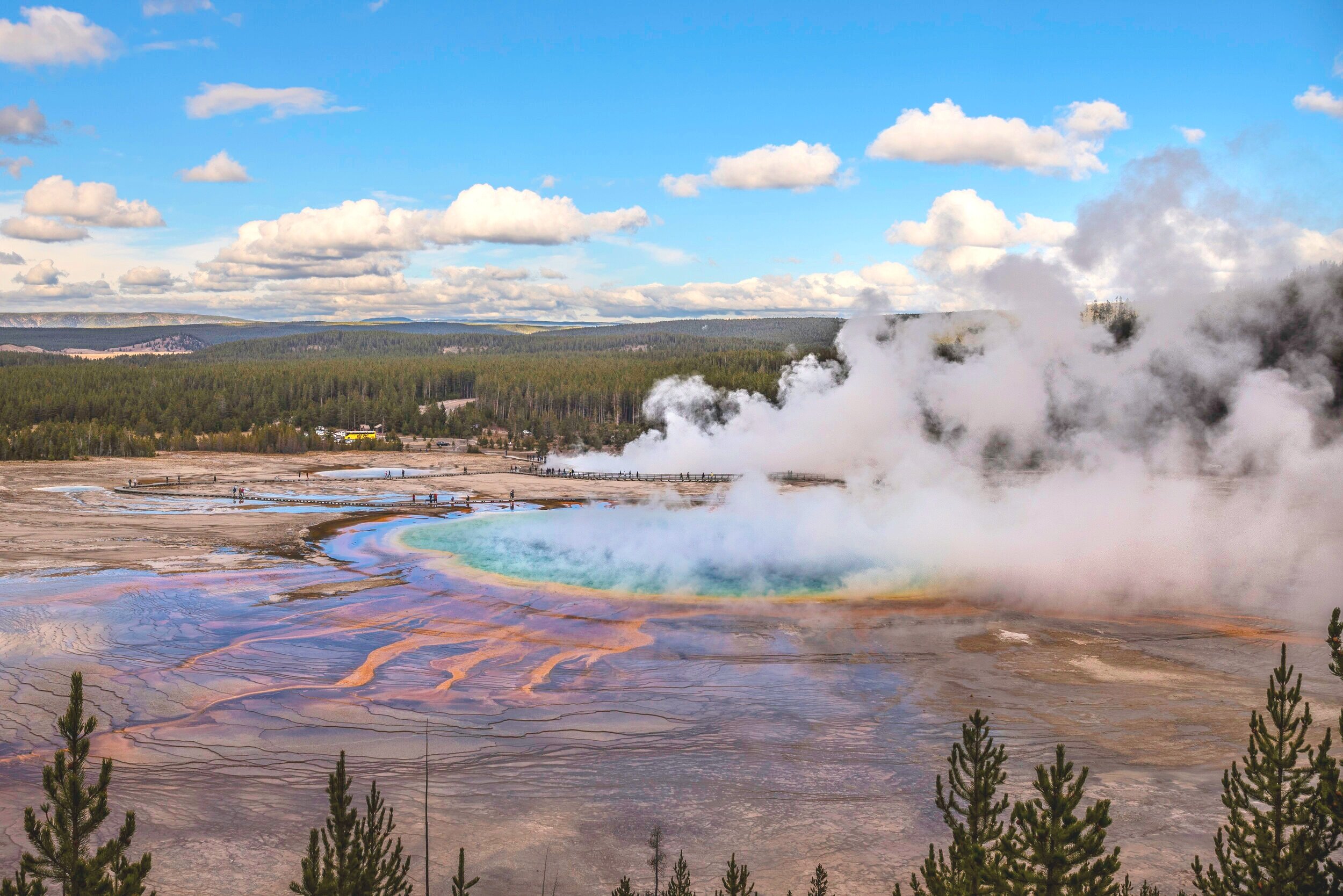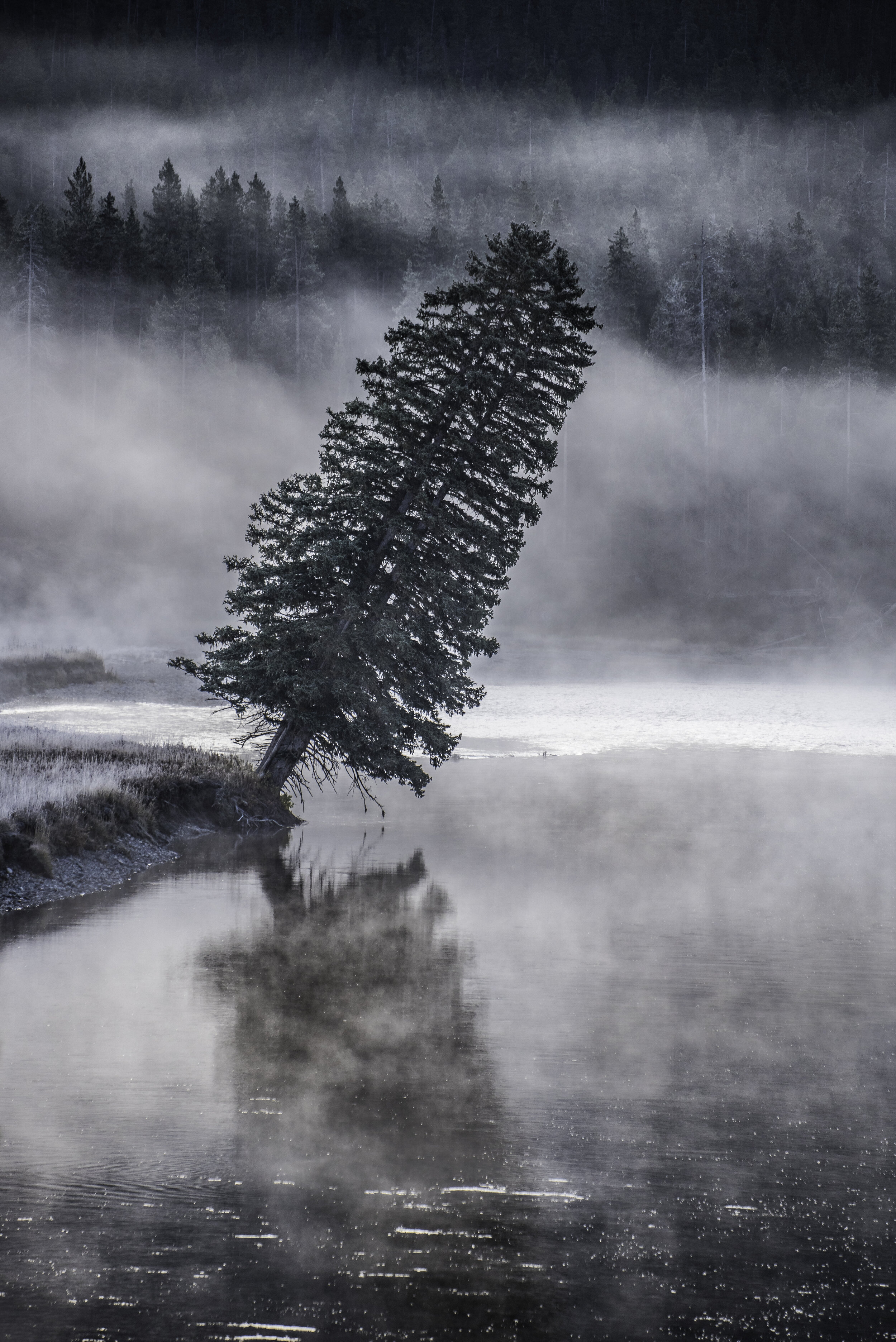Road tripping nova scotia & cape breton
In the Fall (Autumn for us English folk) of 2018 we finally boarded a plane and took our first trip out East to Nova Scotia. After researching and reading about the area for months, it felt so good to finally head out there. This was mine and Amy’s first ever flight together; along with our rabbit Maggie, who joined us for the road trip…we were pumped to say the least!
Voted the #1 Island in North America, Cape Breton covers the eastern tip of Nova Scotia. With strong ties to celtic heritage, this rugged coastal region offers the perfect place to immerse yourself in the seasons. We visited in late October in an attempt to catch the beautiful diversity of trees change into their autumnal coat. We lucked out and saw the full change from lush greens to copper, gold, scarlet and vermillion with its peak of spectrum being along the Cabot Trail on the Northern tip of Cape Breton Island.
Getting To, & Around Nova Scotia
We flew here direct from Calgary (YYC) into Halifax (YHZ), the capital of Nova Scotia. Flights within Canada are actually pretty expensive. We opted for direct returns landing early morning and flying out mid-afternoon, which set us back around $350/PP.
Once we arrived in Halifax, we hired a Jeep Wrangler for 24hr hours (which turned into 48hrs after a mishap with our RV booking). The car hire was great, getting us straight on the road from the airport and ready to explore. 48hrs cost around $220 including fuel.
For the remainder of our trip we organised an RV using rvezy.com. We found this to be far cheaper than the larger rental companies. Here you deal direct with the rental owner, still have full insurance and breakdown cover, as well as lots of extra touches that large companies don’t think about… games, welcome treats, generator to name a few. The rental was for 6 days and cost $800 for unlimited mileage - far cheaper than a rental car and hotel costs. Bear in mind these are built for comfort, not economy. Expect to pay $150 for fuel but the trade off is the freedom of home on wheels - totally worth it in our opinion!
highlights to visit
As a photographer it’s easy to get consumed with purely visiting places to get “the shot” and not fully experiencing a place for its heritage, culture and people. Now I’m not saying that these spots aren’t worth a visit, for sure they are! All I’m trying to achieve with this list are ideas to create a comprehensive Nova Scotia experience. Here goes:
Peggy’s Cove - The iconic coastal lighthouse. Beautiful for both sunrise/sunset. Explore the rock pools and small fishing shacks along the harbour. If you’re here at night, the Arcadian skies will treat you to some stellar constellation displays.
Wolfville/Annapolis Valley - A region jam-packed with character. Vineyards, distilleries, crafts, art and great food. We loved Planter’s Ridge and Lightfoot & Wolfville wineries. Be sure to try the local “Tidal Bay” white blends.
Bay of Fundy - With the World’s highest tidal change, Fundy is rugged and lush. Stop in to Port Williams & dine at the Port Pub to watch the tide rush in whilst you enjoy beautiful local seafood. Hall’s Harbour will offer you a traditional Lobster experience like no other.
Halifax Waterfront - A bustling spot down by the harbour hosting some of the best restaurants and bars in the province. Take a walk down along the boardwalk at night for beautiful reflections of city lights and boats. We dined at The Bicycle Thief - an Italian themed seafood specialist. Their seafood stew was to die for!
Cape Breton Highlands National Park - One of Canada's most enchanting places, where the mountains meet the sea. As you hug the coastline, you'll wind through the highlands, where lush, forested river canyons carve into the ancient plateau, edged by rust-coloured cliffs. The best way to explore this region is hiking - I’ll come to that later…
Cabot Trail - Needing no introduction, the 298km scenic drive is world-renowned for the array of fall colours, stunning vistas and celtic influence. Drive this anti-clockwise to get the best views and easy access to pull-out stops.
SW Cape Breton - If you have a rainy day, this region has heaps to offer. Wrap up warm and take a walk on its white sandy beaches near Port Hood, enjoy the craic on the Ceilidh trail, and take a tour/tasting at Glenora Distillery. You won’t be disappointed.
must do hikes
With such varied scenery in Nova Scotia; taking the time to appreciate the natural beauty on foot is by far the best way to see the island. Here’s our top 5 hikes on the Island and why;
Skyline Trail - The perfect way to enjoy sunset. Wind through an elevated path towards the coast. When you emerge at the viewpoint, you’ll be lost for words.
Franey - 360º views of the entire Clyburn Brook canyon and the Atlantic coastline from Cape Smokey to Ingonish.
Tourbiere Bog - Rise early and go to this spot at dawn to watch gigantic Moose graze amongst the marshes as you weave along the boardwalk loop.
Aspy - If its fall colours you want - do this hike! A blanket of Arcadian forest will blow your mind from the southern viewpoint.
Port Hood - Cobbled beach meets white sand - A lovely stop to take a stroll for sunset. Return through the tussocked sand dunes with a beautiful forested backdrop.
Interactive Trip Map
Below you can find a map of the itinerary. If you click in the top left of the map you will find separate layers marking the destinations, photography spots, hikes and rv spots. To hide and show different layers just click on the check box next to layer’s name. You can also click on the icons on the map to see key info for the places I have marked .











